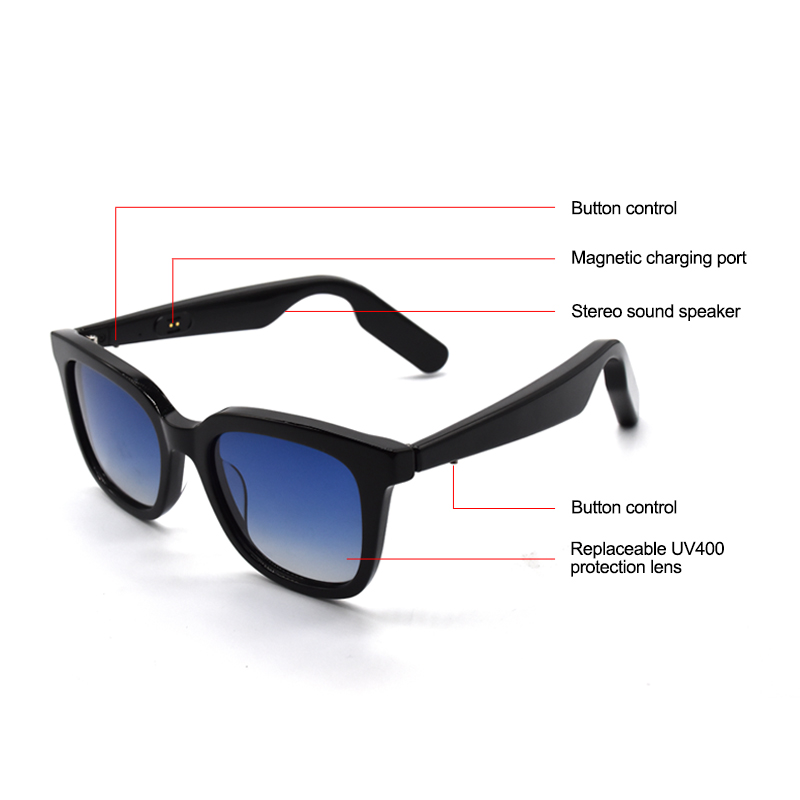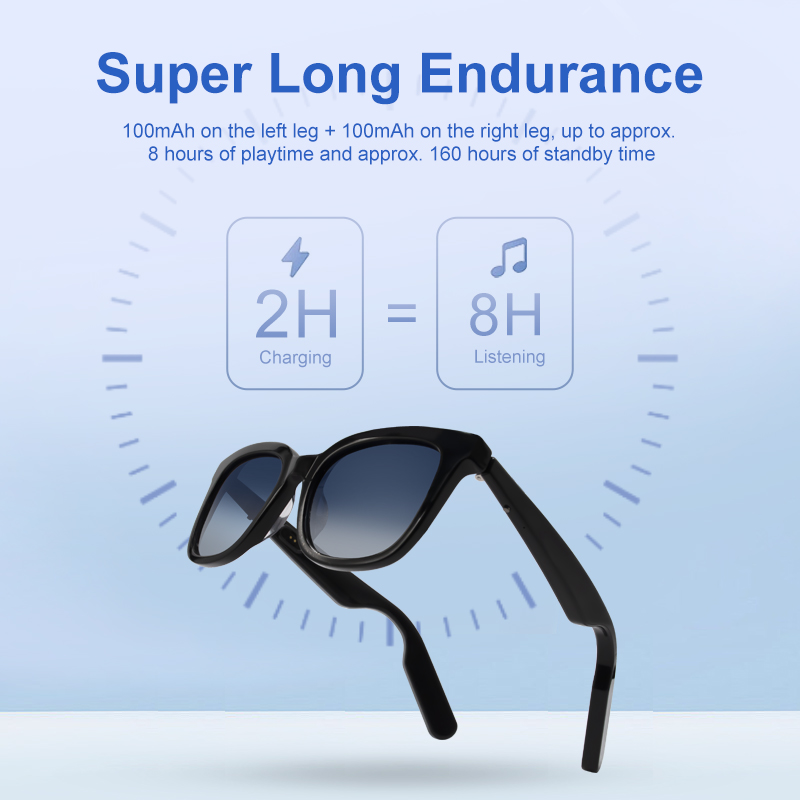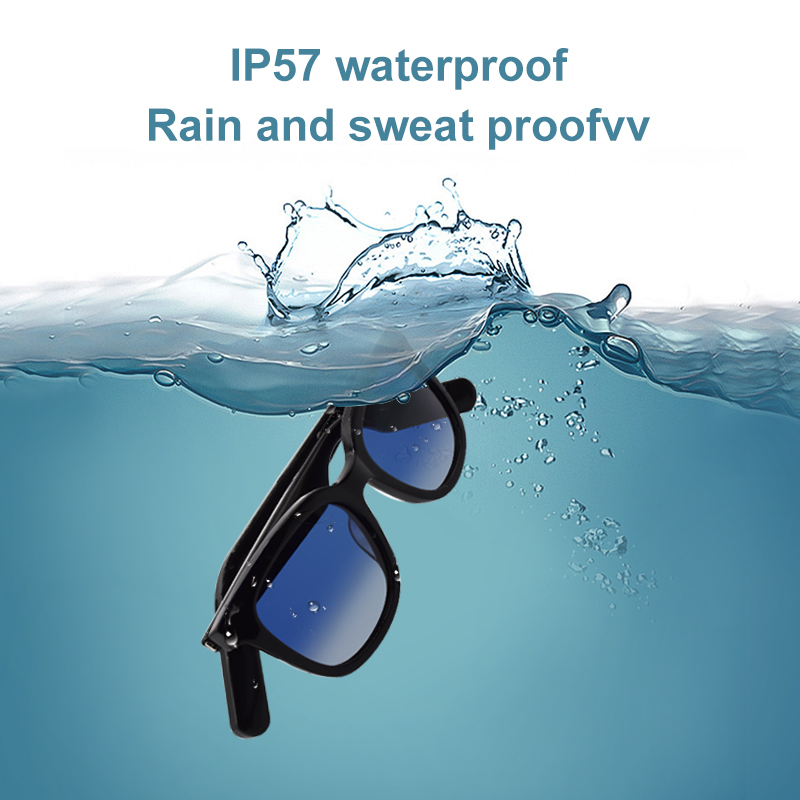- Select Language
Smartglasses integrate cameras, microphones, AI assistants, and AR displays into everyday eyewear. While these innovations offer convenience, they also raise privacy and data security concerns for the wearer and those around them. This article answers common questions and provides practical solutions for safe smartglass use.

Smartglasses typically include readily available cameras, microphones, and sensors. Unlike smartphones, their recording capabilities are discreet and hands-free, which can be unsettling to bystanders. Key concerns include:
Accidental recording in private spaces (cafes, gyms, restrooms);
Potential misuse of cloud data storage and audio/video files;
Facial recognition or geotagging without explicit consent;
Unauthorized third-party access due to hacking or weak security measures
How Manufacturers Address Data Security
Prominent brands have implemented several security measures:
Visible recording indicators (LED lights or on-screen prompts);
Permission-based cloud storage (selective upload, encrypted transfer);
Local data processing for AI commands (reducing cloud exposure);
User control of microphones and cameras (manual disable switches or app controls);
For example, Meta's Ray-Ban glasses activate an LED light when recording, while the Solos AirGo requires a manual gesture to start recording, minimizing accidental recording.
Legal Considerations by Region
United States
Most states require "single-party consent" for recording; some require "all-party consent."
Photography in public is generally legal, but recording in private spaces may violate privacy laws.

EU
GDPR applies: Users must inform bystanders if data collection could identify them. Consent for facial recognition or data sharing is crucial.
Asia Pacific
Varies widely: Japan and South Korea enforce strict privacy regulations; China emphasizes compliance with public surveillance regulations.
Tip: When traveling with smartglasses, be sure to check local privacy laws.
Data Security Risks and Solutions
Risks:
Cloud service compromise, photo or audio leaks
Weak app passwords leading to unauthorized access
Malware from unofficial firmware or sideloaded apps
Solutions:
Use manufacturer-approved apps and enable two-factor authentication
Update firmware regularly to patch security vulnerabilities
Avoid connecting to unsecured public Wi-Fi for uploading or live streaming
Review and limit permissions (location, contacts, camera) in the companion app
Ethical usage tips for building trust
Inform others before recording or live streaming in group settings
Disable the camera in sensitive areas such as hospitals, gyms, or restrooms
Use visible gestures (such as tapping the sidebar) to indicate recording is in progress
Comply with workplace regulations; many offices restrict the confidentiality of wearable camera usage
Are smartglasses safe to wear? From a physical security perspective, most smartglasses use Bluetooth Low Energy and Wi-Fi signals (comparable to headsets) and comply with international safety standards. For long-term use:

Ensure a comfortable fit to avoid eye strain or pressure on the bridge of the nose.
If using an AR display for extended periods, use blue light-filtering lenses.
Take regular breaks during sustained AR use.
Summary: Balancing Innovation and Privacy
Smartglasses can enhance productivity and connectivity, but security and privacy depend on responsible use and informed choices. By choosing reputable brands, enabling built-in privacy features, and complying with local laws, users can enjoy the benefits of wearable AI without compromising trust.